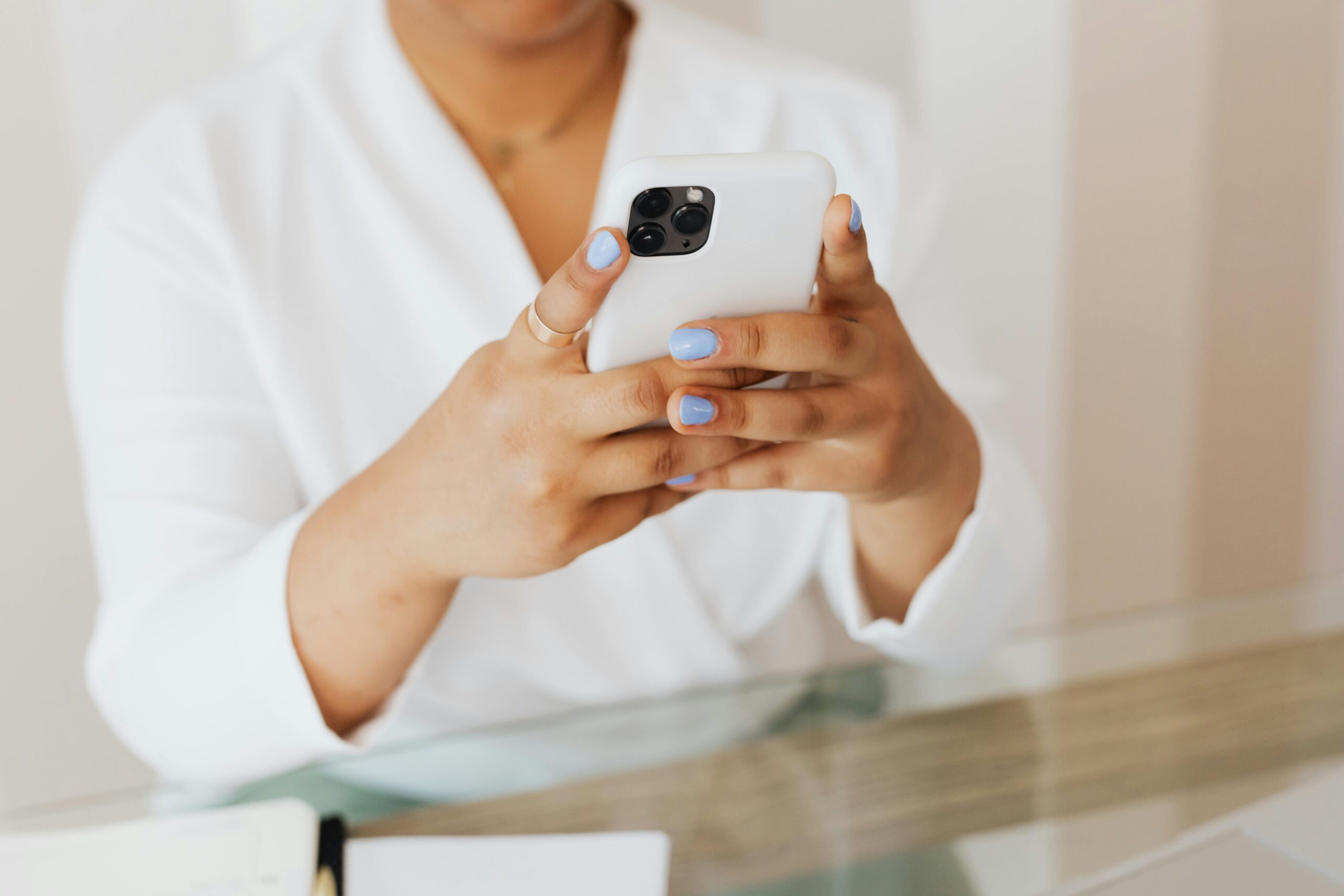How Custom Favicons Can Enhance Your Website’s User Experience and Brand Recognition
With everything digital shifting from programs and webpages to app on mobile screens – every detail counts when it comes to attracting and retaining visitors to your website or online product. One powerful yet often overlooked customization is changing the favicon image on individual webpages. Custom favicons not only personalize your site’s appearance but also create a polished ‘app’ look for mobile bookmarks, making it easier for clients to access your page, guide, or shop quickly. Explore how to customize favicons for both Apple and Android devices and learn a neat trick to pre-name these mobile bookmarks for added convenience.
What is a Favicon?
A favicon is a small icon associated with your website, displayed in the browser tab and bookmarks. It helps users easily identify and access their favorite sites. While the default favicon is often the website’s logo or a generic symbol, customizing it can make your site stand out.
Benefits of a Custom Favicon
Custom favicons offer several advantages for enhancing user experience:
- Strengthen Brand Identity: A distinctive favicon reinforces your brand, making it easily recognizable.
- Boost User Engagement: A unique favicon encourages users to interact with your site more frequently, improving brand recall.
- Enhance Bookmarking: Custom favicons make bookmarks more noticeable on mobile devices where screen space is limited.
- Speed Up Access: A well-designed favicon makes it quicker for users to find your website in their bookmarks, similar to launching an app.
How to Customize a Favicon for Apple Devices
To customize favicons for Apple devices, follow these steps:
- Create Your Favicon Image: Design or select a square image in PNG format to represent your brand.
- Save the Image: Name it “apple-touch-icon.png” and place it in the root directory of your website. This is the default filename Apple devices will look for.
- Include Multiple Sizes: Create and name multiple versions of your favicon in different sizes (e.g., 180×180, 152×152, 120×120 pixels) for optimal display on various Apple devices.
- Add HTML Code: Insert the following code in the
<head>section of your webpage:<link rel="apple-touch-icon" sizes="180x180" href="/apple-touch-icon-180x180.png">
Repeat this code for each size you’ve created, updating the size and file path accordingly. - Test Your Favicon: Open your webpage on an Apple device, add it to the home screen, and check that your custom favicon appears.
Customizing a Favicon for Android Devices
Here’s how to set up custom favicons for Android devices:
- Create Your Favicon Image: Use the same process as for Apple devices to create your favicon image.
- Save the Image: Name it “favicon.png” and place it in the root directory of your website.
- Add HTML Code: Insert the following code in the
<head>section of your webpage:<link rel="icon" type="image/png" href="/favicon.png">
Pre-Naming Mobile Bookmarks for Enhanced User Convenience
To pre-name mobile bookmarks for your clients:
- Add HTML Meta Tags: Include the following meta tags in the
<head>section of your webpage:<meta name="apple-mobile-web-app-title" content="Your Page Title"> <meta name="mobile-web-app-capable" content="Your Page Title">
Replace “Your Page Title” with the desired bookmark title. This ensures that when users add your site to their home screen, the bookmark will automatically have the specified name.
Customizing favicons and pre-naming mobile bookmarks is a simple yet effective way to improve user experience and enhance brand recognition. By following these steps and utilizing Showit’s customization features, you can make it easier for clients to access your website, guide, or shop, ultimately creating a more engaging and professional online presence.
Ready to elevate your online presence? Whether you need a fully custom-built website or stylish semi-custom template modifications, we’ve got you covered. Our Showit design services can deliver a stunning, personalized website in just 7 days. From bespoke designs tailored to your unique brand to expertly styled templates that make your site stand out, we’ll ensure your website not only looks fantastic but performs seamlessly. Contact us today to get started and transform your digital experience with Showit!
